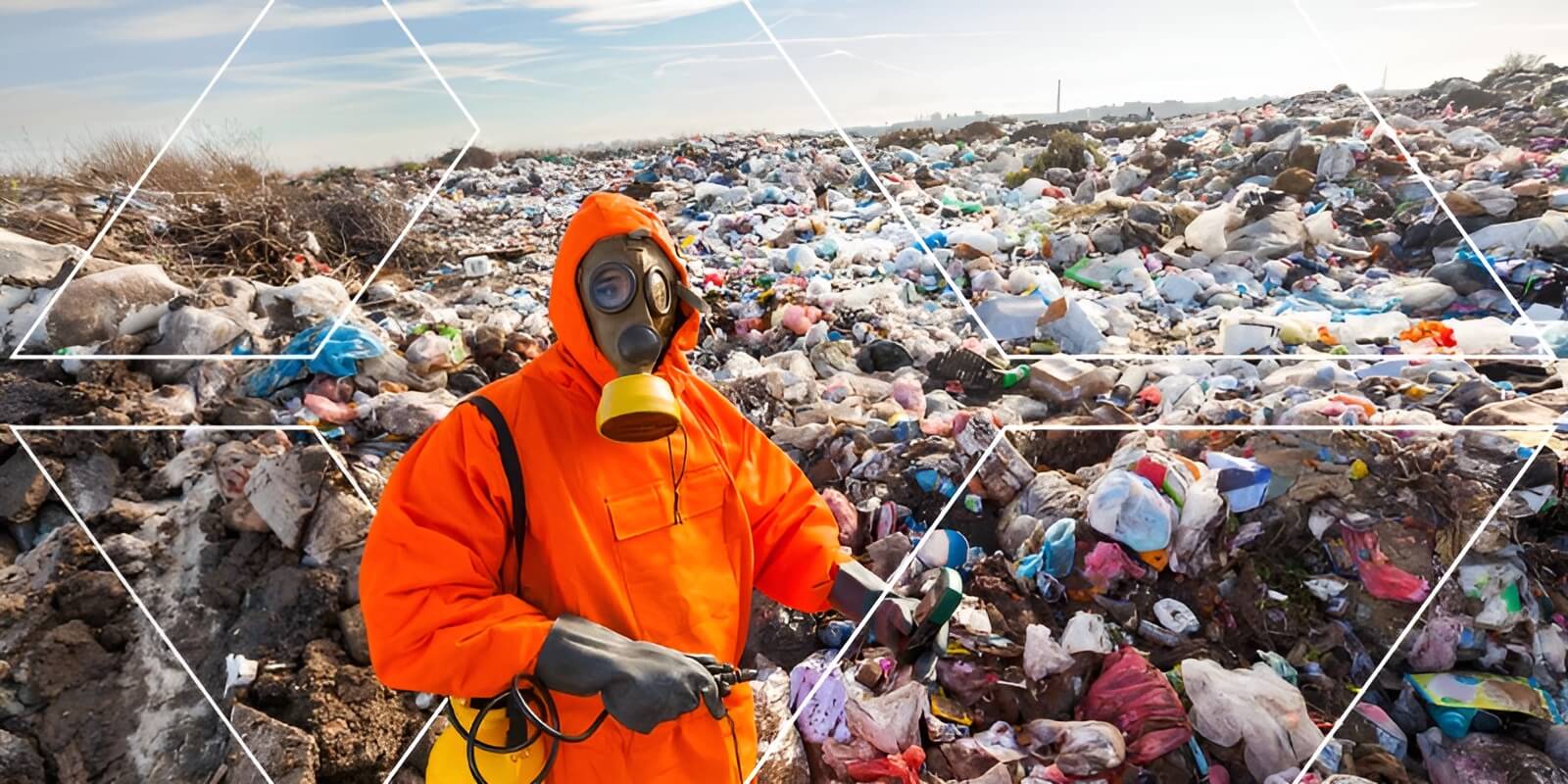PFAS can dissolve in water and move through the soil to reach water systems, including drinking and well water.
In recent decades, more research has been conducted to learn about the per-and poly-fluoroalkyl substances (PFAS), also called “forever chemicals,” that are present in various kinds of commercial applications and consumer products.
As more is understood about PFAS and their negative consequences, governments and environmental agencies seek to implement new initiatives to help limit PFAS exposure and improve public well-being.
What are PFAS? How do PFAS impact human health? Learn more about these chemicals and their effects below.

What Are PFAS?
The term “PFAS” refers to a group of manufactured chemicals that have been used in industrial and consumer products worldwide since the 1940s. These chemicals are widely used in manufacturing, as they have various valuable qualities, including the ability to resist heat, oil, stains and water.
There are thousands of chemicals that fit within the PFAS group. Some well-documented PFAS chemicals include perfluorooctane sulfonate (PFOS), perfluorooctanoic acid, perfluorohexane sulfonate, and perfluorononanoic acid (PFNA). PFAS are known generally as “forever chemicals,” as they break down extremely slowly and can remain in water, soil and the air for a long time.
Sources of PFAS Exposure
There are various ways people can become exposed to PFAS. These chemicals are used in everything from textiles and cleaning products to refrigerants and personal care products. The widespread use of PFAS combined with their slow degradation means most people have trace amounts of PFAS in their bloodstreams.
Usually, PFAS exposure from these sources is minimal, and trace amounts are generally not considered harmful. However, the slow degradation rate of these substances means they can build up in people over time, which may lead to serious health effects for humans.
Some sources of PFAS exposure include:
The soil around landfills, hazardous waste disposal sites and chemical spills usually contains PFAS.
Liquid-based fires are put out using aqueous film-forming foams. These foams are used by shipyards, military bases, chemical plants, refineries, firefighters and other emergency services.
Livestock and other animals exposed to PFAS can pass them on to animals or people who eat them. Examples include fish caught in PFAS-contaminated water or dairy products from livestock exposed to PFAS.
Many manufacturing and chemical production facilities either produce or use PFAS, which can be released into the air around the facility.
Fast food containers, microwave popcorn bags, pizza boxes, candy wrappers, plastic film and grease-resistant paper are some examples of products that can contain PFAS.
Many water- and stain-repellent products contain PFAS. Other items, including non-stick cookware, paints and sealants, also have PFAS.
Dental floss, shampoo and cosmetics can contain PFAS.
Health Effects of PFAS Exposure in Humans
It is essential to understand what PFAS exposure does to humans. PFAS exposure can have various effects on the human body, including elevated cholesterol levels, hormonal changes, developmental delays in children and increased cancer risk. The symptoms of PFAS exposure vary depending on how a person’s body reacts.
What does PFAS do to the body? Some notable PFAS health effects can include:

1. Delayed Immune System Response in Children
It is widely accepted that PFAS exposure during pregnancy, infancy and early childhood can negatively impact the immune response of children. PFAS exposure in infancy and early childhood may have immunosuppressing effects. Frequent lower respiratory tract infections and atopical dermatitis, a painful skin condition, usually characterize this immunosuppressing effect.
High levels of PFAS may also decrease the vaccine response in children. One study found that a high level of PFAS chemicals, like PFOS in maternal serum, can be associated with significantly lower antibody levels in children after vaccination.
2. Increased Cancer and Chronic Disease Risks
PFAS affect several processes in the body, from hormone production to organ function, which can lead to the development of chronic disease and cancer. There are numerous ways PFAS can negatively impact organ function. PFAS exposure can affect how kidneys filter and reabsorb nutrients or how much fatty tissue a liver retains.
As a result, prolonged exposure to PFAS may increase the risk of certain cancers, including liver, kidney, prostate, testicular and ovarian cancer. The altered functioning of organs and disruption of the endocrine system can lead to severe diseases, such as kidney disease and fatty liver disease, which may also result in the development of cancer in these same organs.
3. Reproduction and Developmental Delays
PFAS exposure has been shown to impair sperm function and lower sperm count and concentration. The resulting reduced mobility and penetration ability of sperm can minimize the possibility of fertilization. PFAS may also negatively impact fecundity, prolonging the time it takes to get pregnant. Combined and separately, these two factors can make it more challenging to fall pregnant, lowering fertility rates in communities exposed to PFAS.
Intervention programs have shown that implementing filtration systems in municipal drinking water can improve reproduction rates. Filtration systems can help remove PFAS from municipal water systems. For example, PFAS-exposed communities in Minnesota experienced improved fertility rates, a higher birth rate and fewer pre-term births in the years following the installation of a municipal water filtration system.
A recent study has shown that prenatal exposure to certain PFAS substances, such as PFNA and perfluorodecanoic acid, may negatively impact infants’ cognition and language development. The study also identified that PFNA exposure could cause delayed motor development in children and infants. Exposure to PFAS substances can negatively affect linguistic, cognitive and motor development.

Help Protect Communities From PFAS Exposure With TRC Companies
Understanding the risks associated with PFAS exposure demonstrates how important protecting communities from these substances is. The adverse health effects of PFAS may lead to new regulations to limit the amount of PFAS released into the environment. A comprehensive Environmental Health and Safety Management strategy can help companies ensure they are compliant with existing PFAS regulations.
EHS management can help proactively identify and manage PFAS exposure risks and hazards. Taking a proactive approach to PFAS management can ensure companies properly manage PFAS risks and comply with changing PFAS regulations. TRC Companies can help your company create an effective EHS program that protects your employees and the surrounding community from PFAS exposure.
Contact us today to take the next step in PFAS management.




















